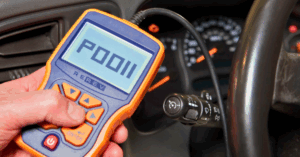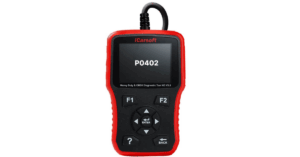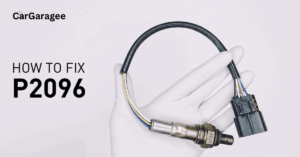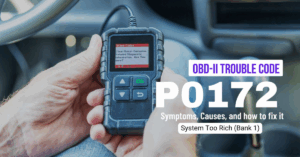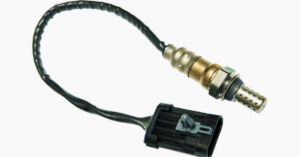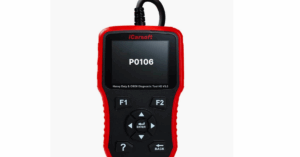Imagine driving on the highway when your speed suddenly drops, the engine feels sluggish, and a light appears on the dashboard. This is often a Check Engine warning, indicating that your vehicle has entered limp mode due to a mechanical failure. Designed to protect critical components like the transmission, limp mode typically limits rpm, prevents upshift to higher gears, and may even shut off non-essential functions like air conditioning. The system detects a problem, which could be caused by low-power, incorrect fluids, or a serious sensor issue, leaving your car stranded.
In many cases, the issue is triggered by a wrong signal from the engine control unit, which can be addressed by a reset process. Restarting the car, topping off essential fluids, or resetting the battery can sometimes clear the fault. However, if the warning stays illuminated, the vehicle should be checked by a professional at a repair shop, as ignoring it could lead to severe damage and a hefty bill. In this article we’ll see what is car limp mode , reasons for limp mode and how to bypass limp mode.
What is Car Limp Mode?
Modern cars come with advanced features to protect both the driver and vehicle, and one such safety feature is limp mode. This system, also known as limp-home mode or failsafe mode, is installed in many models today by automakers to prevent severe damage to the engine or transmission. When the ECU or TCU detects a problem, it activates, reduces power, and limits RPMs, often locking the car in a low gear to ensure it can still move to a nearby mechanic or repair center.

The check light on the dashboard may flash, and performance can become sluggish, affecting acceleration and gear shifts. In some cases, the car won’t shift beyond 3rd gear, keeping speeds under 30 to 45 MPH.
Reasons Behind The Limp Mode
Low transmission fluid
Low transmission fluid is a major reason why a vehicle enters Limp Mode, as it can cause unstable operation of the engine and transmission. When fluid levels drop, the oil fails to provide proper lubrication, leading to a pressure drop that affects how the car functions.
This may automatically switch the system into Limp Mode to protect vital systems and prevent further damage. Without stable fluid circulation, essential components wear out faster, which can result in costly repairs.
Sensor problems
A variety of sensors in the engine and transmission help the car function properly, but when even one fails, it can send inaccurate signals to the ECU, causing the computer to diagnose problems incorrectly. Faulty readings from the MAF sensor, MAP, or TPS can result in a wrong signal, leading to the activation of Limp Mode to prevent damage.
This can affect throttle position, speed, and overall performance. If the car enters Limp Mode, using a diagnostic tool to identify the malfunctioning sensor is crucial.
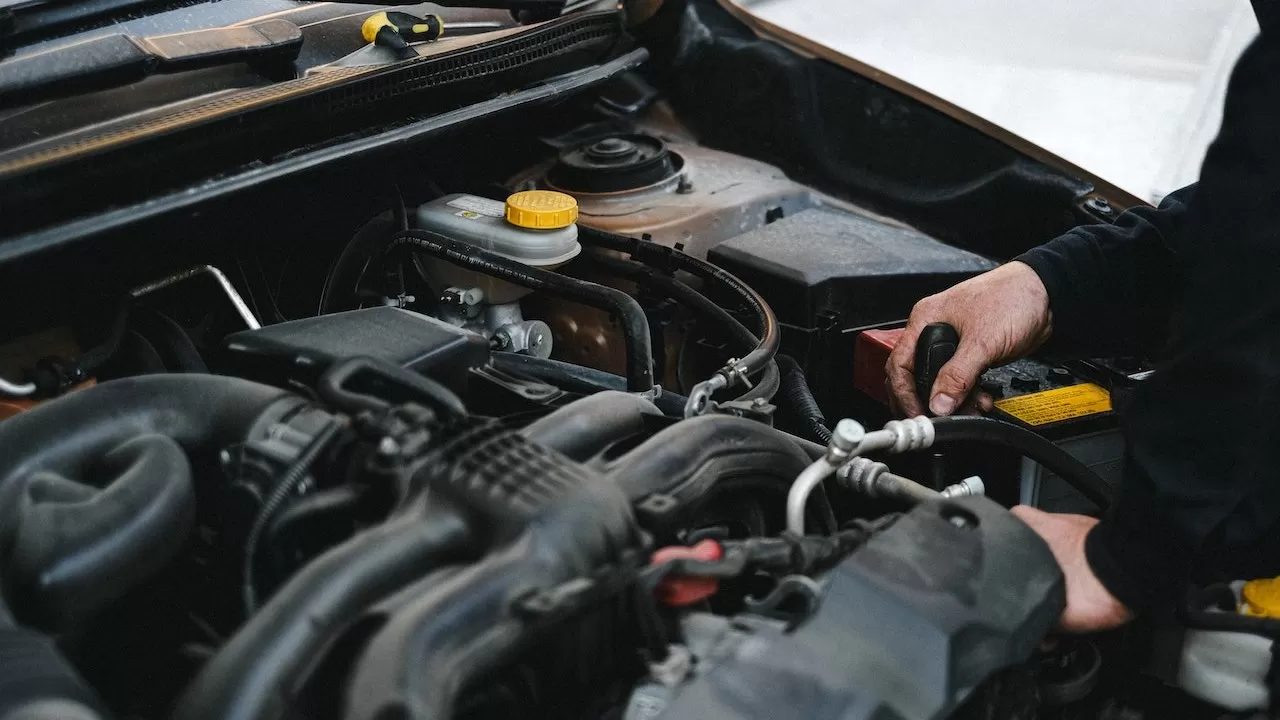
Damaged electrical wiring system
Modern cars depend on electronic components and a network of wires to function correctly, but damaged wiring can cause Limp Mode to activate. Factors like heat, impact, battery acid leaking, or debris can interfere with electrical signals, making the computer think a part has failed.
Even a small wire failure can prevent the system from sending signals accurately, leading the vehicle to enter Limp Mode as a safety measure. If left unaddressed, this issue can affect overall performance.
Bad Parts
Faulty or bad parts can trigger Limp Mode, affecting the car’s ability to function properly. Issues like failed fuel injectors, coil packs, spark plugs, or emissions equipment that are missing or tampered with can cause engine disruptions. When the system detects these failures, it may go into Limp Mode to prevent further damage.
Vacuum or boost leaks:
A vacuum or boost leak can cause an imbalance in the air flow, allowing a significant amount of unregulated air into the combustion chamber. This disrupts the air-to-fuel ratio, throwing it off from the normal levels needed for efficient engine operation. When the system detects this issue, the car may enter Limp Mode as a protective measure to prevent further damage.

Over-Boost:
In turbocharged cars, excessive boost pressure beyond the ECU’s target can cause the car to go into Limp Mode as a protective measure. When over-boost occurs for an extended period of time, it puts stress on the engine and key components. This issue is often linked to a failed booster controller or a malfunctioning wastegate solenoid, both of which regulate boost levels.
What Will Happen If The Limp Mode Is On?
Check engine light comes on
When Limp Mode activates, the Check Engine light may start flashing continuously, signaling that a serious problem has been detected in the engine. This warning should not be ignored, as it can indicate issues with brake lines, shift lock errors, or malfunctions in limited functions, such as difficulties shifting into D3.
If the car suddenly loses power, the owner should pull over, check for any visible issues, and seek professional help if needed. In extreme cases, it may be necessary to call an ambulance to ensure safety.
Limit Speed

When Limp Mode is activated, the vehicle experiences slow acceleration and reduced engine power, making it difficult to drive smoothly. Drivers may experience vibrations and jerks, which indicate the system is restricting performance to prevent further damage. Addressing the issue promptly can help restore normal speed and driving efficiency.
Reduce Car Performance
Limp Mode also reduces car performance by limiting RPM between 2,500 and 4,000, restricting the speed to 55–75 km/h. In many cases, the vehicle becomes unable to run at high speeds, and gear shifting is often limited, keeping it locked in D3.
How To Bypass Limp Mode? The Step-By-Step Process
When the car’s computer system detects an issue with the engine or transmission, it activates Limp Mode to prevent further damage. This safety feature limits speed and gear shifting, restricting normal driving. To restore full functionality, it’s important to follow a step-by-step process to safely bypass Limp Mode and get the car back to normal.
Step 1: Apply the Brakes
The first step to deactivate Limp Mode is to apply the brakes and bring the car to a stop at a safe spot. Allow the engine to rest for at least five minutes, giving the inbuilt computer system time to reset and disable the protective mechanism.
This process aids in restoring power and may allow the car to shift gears normally again. If the vehicle successfully engages the highest gear and shifts vice versa, it implies that Limp Mode has been deactivated.
Step 2: Deploy a Car Diagnostic Scanner
A car diagnostic scanner can help detect coded error messages produced by the sensors, allowing you to identify the reason behind Limp Mode activation. This device is useful in diagnosing ignition problems, boost deviation, or even a false alarm that may have triggered the issue.
If a sudden stop or system malfunction leads to Limp Mode, scanning the system can confirm the cause. Once the problem is detected, you can follow maintenance tips to reset the system and clear the check engine light, ensuring the car runs efficiently again.

Family Handyman.
Step 3: Battery Disconnection
If the car’s transmission experiences a loose internal connection, it can trigger Limp Mode, requiring a system reset. To do this, stop the vehicle in a safe place, open the bonnet, and detect any issues with the battery. If necessary, detach the battery connections and wait for at least half an hour before reconnecting them.
This process helps reset the system memory and allows the car to restart effectively. If the issue is resolved, the Limp Mode will be deactivated, restoring normal driving conditions. This method is a useful way to get out of restricted mode and regain full vehicle functionality.
Step 4: Scrutinize Automatic Transmission Fluid
A leak in the automatic transmission fluid is a common cause of Limp Mode activation, as low fluid levels can reduce engine lubrication and affect the car’s control. If this happens, the system may trigger restricted performance to prevent further damage. To check, stop the vehicle on a level surface, lift the hood, and read the dipstick to determine if the fluid is below the recommended level
If necessary, top up the fluid with the required volume to maintain proper function. Additionally, detect leaks early and fix them to prevent transmission issues and ensure smooth operation.
Read More:
Car Turned Off While Driving: [10 Reasons Why & Quick Fixes]
Mercedes-Benz A2 Service: [Maintenance for Peak Performance]
Things You Can Do To Prevent Limp Mode
- Check fluids regularly and top up with fresh oil and transmission fluid to keep the engine running smoothly.
- Inspect wiring for loose or damaged wires, as faulty connections can trigger system failures.
- Replace faulty parts, including belts, spark plugs, and dirty filters, to maintain proper performance.
- Monitor the temperature gauge and ensure it stays below 1/2 to prevent overheating.
- Do not ignore warning signs such as slow gear shifting, acceleration issues, or unusual rattling and clanging sounds.
- Seek professional mechanic help if you notice any performance issues to prevent costly repairs and avoid Limp Mode activation.
FAQS
What is a limp mode?
Limp Mode, also known as Limp Home Mode, is a security feature in cars that activates when the control unit detects a fault in the engine or transmission. It reduces speed and switches off less important parts like air conditioning to prevent further damage. This system ensures the car remains functional enough to reach a repair shop safely.
How to Fix a Limp Mode?
To bypass Limp Mode, start by checking for any faulty components causing the issue. A quick fix may involve restarting the car, removing the battery terminals, and performing a system reset. If the issue persists, professional inspection may be required.
Can I Drive in Limp Mode?
You can drive in Limp Mode, but the car may be liable to misfire or, in the worst case, start pinging. The system is designed for a reason, as it is trying to prevent further damage. It is best to keep speeds low and avoid excessive strain on the vehicle to prevent destroying critical parts.
Can Limp Mode Damage the Engine?
Limp Mode is a self-preservation system engineered to minimize widespread damage to the engine, transmission, and other systems. However, driving long distances in this state or ignoring repeated episodes can severely impact the car, leading to costly repairs.
Is Limp Mode Expensive to Fix?
The cost of fixing Limp Mode depends on the underlying issue. In some cases, a simple repair may have no cost, but if the problem is significant, such as a transmission rebuild or replacement, it can be costing $2,500 and up. If the vehicle enters Limp Mode, it’s best to get it checked at a repair facility to determine if a low-cost fix or a major repair is needed.
Can a Bad Battery Cause Limp Mode?
A bad battery can sometimes be a cause of Limp Mode, but it is not the most common reason. The vehicle may switch to Limp Mode due to abnormal signals, faulty sensors, or low fluid levels affecting the engine and transmission.
Electrical problems like wiring issues, dysfunctional brakes, or a failing clutch can also trigger it. Checking these components can help identify the actual cause and prevent unnecessary repairs.

Mian Hashir is a passionate automotive enthusiast and the lead author at Car Garagee, a website dedicated to providing in-depth car reviews, maintenance tips, and the latest news in the automotive world. With years of experience in the industry, Hashir combines his technical knowledge with a love for cars to deliver insightful and engaging content. Whether you’re a car owner or a curious reader, Mian Hashir’s articles help readers make informed decisions, from choosing the right vehicle to understanding how to keep it in top condition.



